When buying tea, the variety is overwhelming, often leaving one unsure where to start. How to choose tea becomes a dilemma for many? To buy good tea, you can refer to the following suggestions:
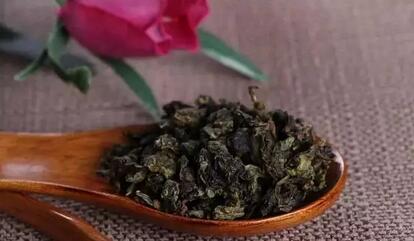
1. Avoid Buying Based on "Tea Names"
In today's tea market, every tea is labeled with a "grand name." Any oolong tea is called "Iron Goddess, Dong Ding, or Big Red Robe," any flat-roasted tea is labeled "Longjing or Dafang," any slender tea is called "Biluochun," and any plump tea is marketed as "Huangshan Maofeng." Tea lovers should be aware—premium teas are not like potatoes; they aren't found everywhere.
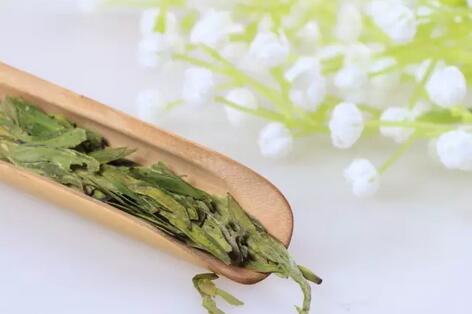
2. Avoid Buying Based on "Packaging"
Low-quality teas are often packaged in "luxurious or antique-style" containers—porcelain jars, tin cans, rosewood boxes... Truly a case of "all that glitters is not gold."

3. Avoid Buying "Complete Collections"
Dishonest sellers may bundle various low-quality teas together, add so-called "elegant, premium" packaging, and label them as "Five Famous Teas, Eight Famous Teas, or Ten Famous Teas." Tea lovers, beware! If you want to sample all types of famous teas, you’ll need to put in some effort.
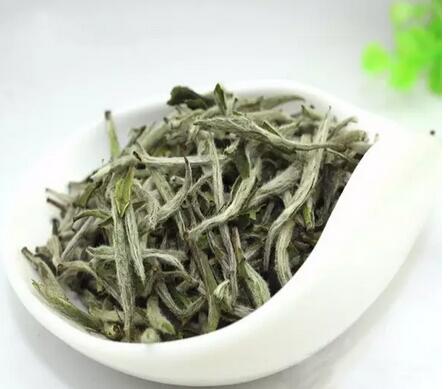
4. Avoid Buying Based on "Place Names"
When visiting tea-producing regions, especially tourist spots like Huangshan, Lushan, or Wuyi Mountain, be cautious when buying from street vendors or so-called "tea farmers." These teas may be subpar, counterfeit, or overpriced.
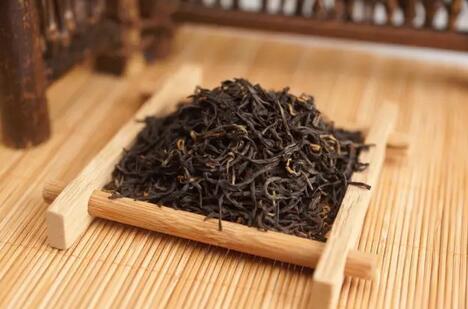
5. Avoid Buying Based on "Grade"
Terms like "Supreme Grade," "Divine Grade," "Grand Gold Award," or "Special Grade" are often printed on tea packaging. Little do buyers know, if such teas truly existed, they’d be worth millions. The grading of tea, once clearly defined by national standards, has been muddled by dishonest merchants. Buyers, beware!
Some tea sellers manipulate grading extensively. For example, Taiwanese merchants categorize Dong Ding tea from highest to lowest as: Supreme Grade, Competition Grand Gold Award, Competition Gold Award, Competition Silver Award, Competition Special Grade Tea, Competition Tea, and Special Grade Tea—where the supposed "Special Grade" is actually the lowest.

How to Choose Good Tea?
1. Observe the Appearance
Check if the tea leaves are uniform in shape, vibrant in color, and free from excessive broken leaves or stems. Green tea should appear green with visible white fuzz; yellow or dull red hues indicate poor quality. The tea liquor should be clear and bright.
Some famous teas have unique characteristics: West Lake Longjing is flat and smooth with a light yellowish hue; Silver Needle, Shrimp Needle, Pearl Tea, and Chrysanthemum Tea resemble "needles, shrimp, pearls, or chrysanthemums"; Huangshan Maofeng has abundant fuzz and sharp tips; Xinyang Maojian is thin, straight, and covered in fuzz; Biluochun has tightly curled leaves resembling spirals.
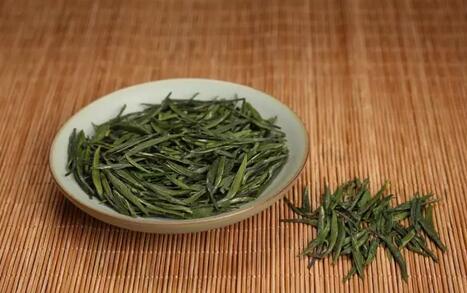
2. Smell the Aroma
Evaluate tea quality by its scent. There are two ways: dry sniffing and wet sniffing. When dry, good tea should have no grassy or off odors. When brewed, the aroma should be fresh, rich, and free of strange smells.

3. Feel, Taste, and Inspect
Assess the tea’s "body" by feeling its density, weight, and texture. Heavier, denser leaves are better; light, coarse ones are inferior.
While tasting, observe the brewed leaves. A good tea liquor is rich, refreshing, and slightly sweet; a thin, bitter taste indicates poor quality.
Examine the brewed leaves: intact, soft, thick, and tender with buds are best; thin, hard, and dark leaves are inferior. Oolong tea leaves typically show 70% green and 30% red edges.
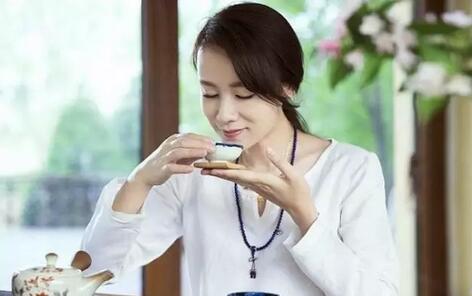
4. Inquire
When buying tea, verify its authentic origin and variety. For example, genuine West Lake Longjing comes from Hangzhou’s Shifeng, Meijiawu, and Longwu areas; Biluochun is from Wuxi’s Dongting Lake region; Iron Goddess Oolong is produced in Anxi, Fujian.

Note the Differences Between Real and Fake Tea After Brewing:
Real tea leaves have serrated edges, usually 16–32 pairs, denser at the top and sparser toward the stem. Other plants either have fully serrated edges or none at all. Tea leaf veins curve upward near the edge, connecting with others, while most plants have straight, feather-like veins.
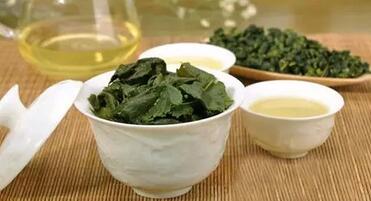
For non-experts, distinguishing good tea from bad isn’t easy. When buying tea, stay alert to avoid being fooled.